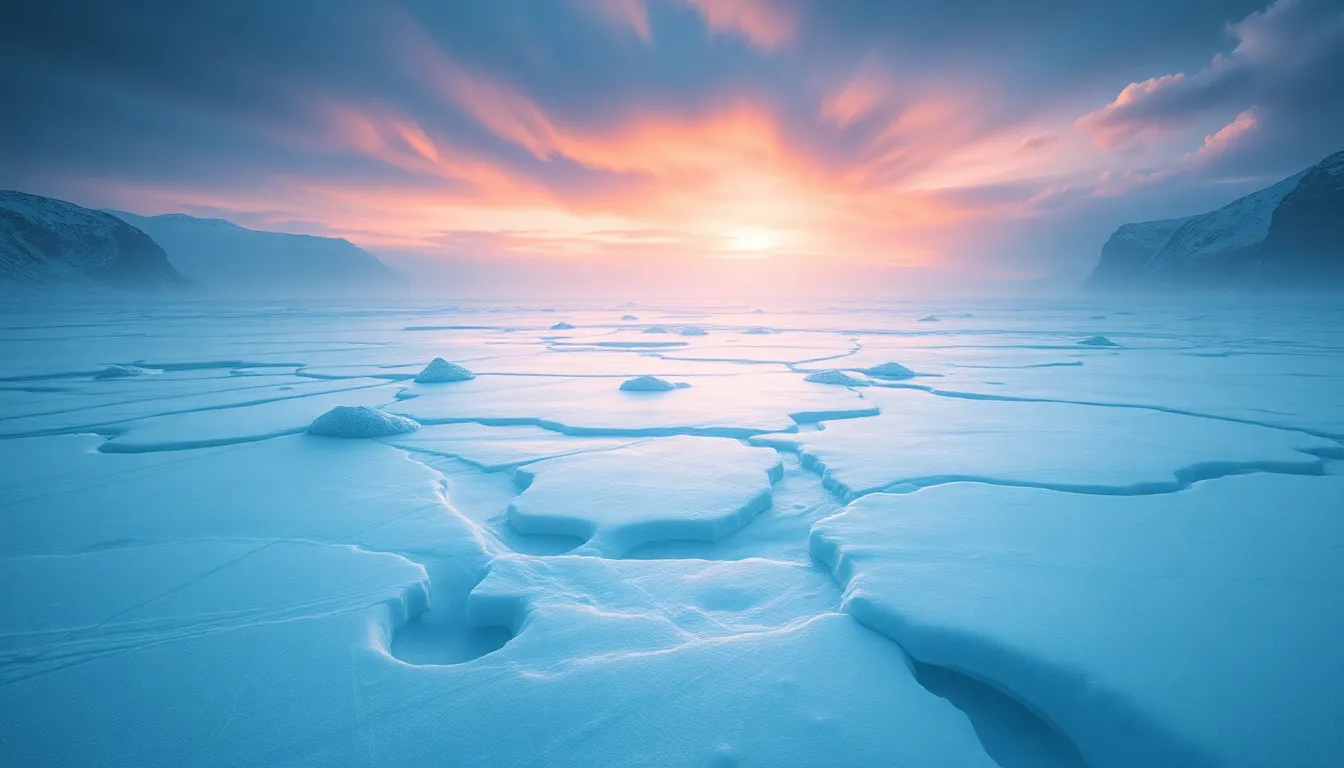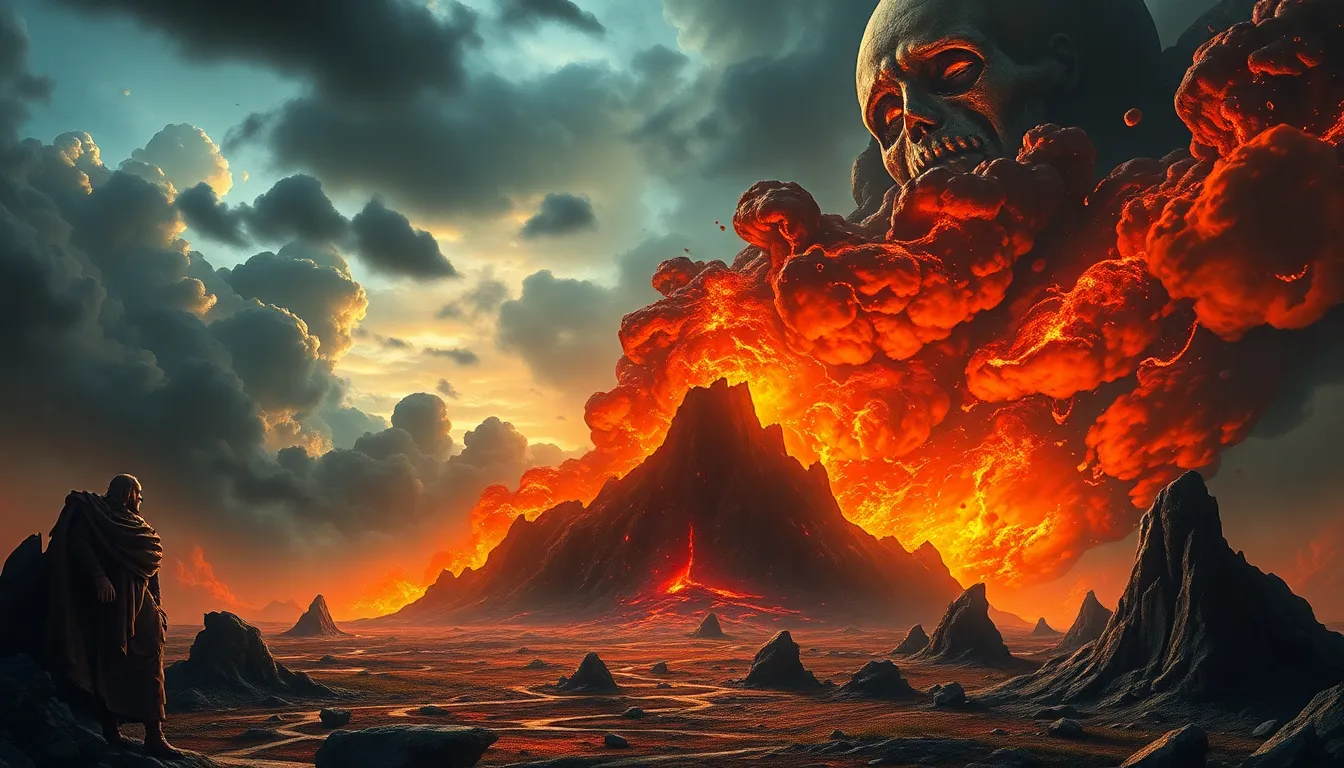The Floods of the Arctic: Tales from the Frozen North
Introduction: Understanding the Arctic Landscape
The Arctic is a unique and fragile environment characterized by its vast ice sheets, tundra, and a diverse range of wildlife. This region serves as a crucial indicator of global climate change, garnering attention from scientists and policymakers alike. The Arctic plays a significant role in regulating the Earth’s climate, and changes in this area can have far-reaching effects on global weather patterns.
One of the lesser-known phenomena occurring in the Arctic is flooding. While many might associate flooding with warmer climates, the Arctic is experiencing increased flooding events due to climate change, melting ice, and rising sea levels. Understanding the dynamics of flooding in this frozen North is essential for grasping the broader implications for our planet.
Historical Context: Flooding in the Arctic Through the Ages
Flooding in the Arctic is not a new occurrence. Historical records and indigenous stories reveal that various flooding events have taken place over centuries. These events often coincide with significant climatic shifts, illustrating the long-standing relationship between climate patterns and water levels in the region.
Indigenous peoples of the Arctic have passed down stories that reflect their experiences with flooding. These tales not only highlight the physical impact of such events but also convey cultural and spiritual meanings associated with water.
- Past Flooding Events: Archaeological evidence suggests that ancient communities faced flooding due to natural climatic changes.
- Indigenous Legends: Many indigenous tribes have narratives that speak of great floods, which were often seen as cleansing or transformative events.
These historical perspectives provide a deep understanding of the interconnectedness of climate and culture in the Arctic, setting the stage for the increased flooding seen today.
The Science of Arctic Flooding
The mechanisms behind Arctic flooding are complex and multifaceted. Several key factors contribute to the increased incidence of flooding in this region:
- Melting Ice Caps and Glaciers: As global temperatures rise, the Arctic ice caps and glaciers are melting at an alarming rate, contributing to higher sea levels.
- Permafrost Thawing: The thawing of permafrost releases previously trapped water, which can lead to localized flooding events.
Moreover, the warming temperatures result in more precipitation, which can exacerbate flooding, especially in areas where the ground is unable to absorb excess water. Understanding these scientific mechanisms is crucial for predicting future flooding events and mitigating their impacts.
Recent Flooding Events: Case Studies from the Last Decade
In recent years, the Arctic has witnessed several significant flooding events. These incidents serve as case studies that highlight the causes and consequences of flooding in the region:
- Case Study 1: In 2017, a severe flooding event in Barrow, Alaska, led to extensive damage to homes and infrastructure. The flooding was attributed to a combination of melting ice and heavy rainfall.
- Case Study 2: In 2020, parts of Greenland experienced unprecedented flooding due to rapid glacier melt, impacting local communities and wildlife.
The consequences of these flooding events have been profound, affecting local ecosystems and the livelihoods of indigenous communities. The impacts are not just immediate; they can linger for years, altering the landscape and the way of life for many residents.
Climate Change: The Driving Force Behind Arctic Flooding
The link between climate change and increased flooding in the Arctic is undeniable. As global temperatures continue to rise, the following trends have been observed:
- Increased frequency and intensity of rainfall.
- Accelerated melting of glaciers and ice sheets.
- Higher sea levels due to thermal expansion and melting ice.
Scientific models predict that if current trends continue, the Arctic will see even more flooding events in the coming decades. These predictions underscore the urgent need for action to mitigate climate change and its impacts.
Impacts on Wildlife and Ecosystems
The effects of flooding extend beyond human communities; they significantly impact Arctic wildlife and ecosystems. Key consequences include:
- Habitat Loss: Flooding can destroy critical habitats for a variety of species, including polar bears and migratory birds.
- Food Source Disruption: Changes in water levels can affect the availability of food sources for native species, leading to population declines.
- Long-term Ecological Changes: The alteration of ecosystems can lead to unforeseen consequences, including shifts in species distributions and interactions.
These ecological changes can have cascading effects throughout the food web, impacting not just individual species but entire ecosystems.
Human Stories: Resilience and Adaptation in Arctic Communities
Amid the challenges posed by flooding, Arctic communities have shown remarkable resilience. Personal accounts from residents reveal the profound impacts of flooding on their lives:
- Many families have had to adapt their homes and livelihoods in response to flooding events.
- Communities have come together to share resources and support one another during crises.
Cultural practices related to water and land management are being revisited as communities employ traditional knowledge alongside modern strategies to mitigate flooding risks.
Government and Policy Responses to Arctic Flooding
In response to the increasing threat of flooding, various levels of government have initiated policies aimed at flood management. Key aspects include:
- Local policies that incorporate indigenous knowledge into flood management strategies.
- National initiatives focusing on infrastructure improvements to withstand flooding.
- International collaborations aimed at addressing climate change and its impacts on the Arctic.
Future policy recommendations emphasize sustainable practices that consider both environmental and social dimensions of flooding in the Arctic.
Innovations in Mitigation and Adaptation Strategies
Technological advancements are playing a crucial role in managing flooding risks in the Arctic. Examples of innovations include:
- Flood Prediction Models: Improved scientific models help predict flooding events, allowing for better preparedness.
- Community-led Initiatives: Local efforts focused on building resilience, such as creating flood barriers and restoring natural landscapes.
Success stories from Arctic communities demonstrate that when residents are empowered to take action, they can effectively mitigate the impacts of flooding.
Conclusion: The Future of the Arctic in a Changing Climate
As we have explored, the flooding in the Arctic is a complex phenomenon influenced by various climatic and environmental factors. The historical context, scientific understanding, and personal stories all paint a picture of a region in flux.
Continued research and awareness are vital for addressing the challenges of flooding in the Arctic. It is imperative that global efforts are made to combat climate change and support the resilience of Arctic communities and ecosystems. Together, we can work towards a sustainable future for the Arctic and our planet.



